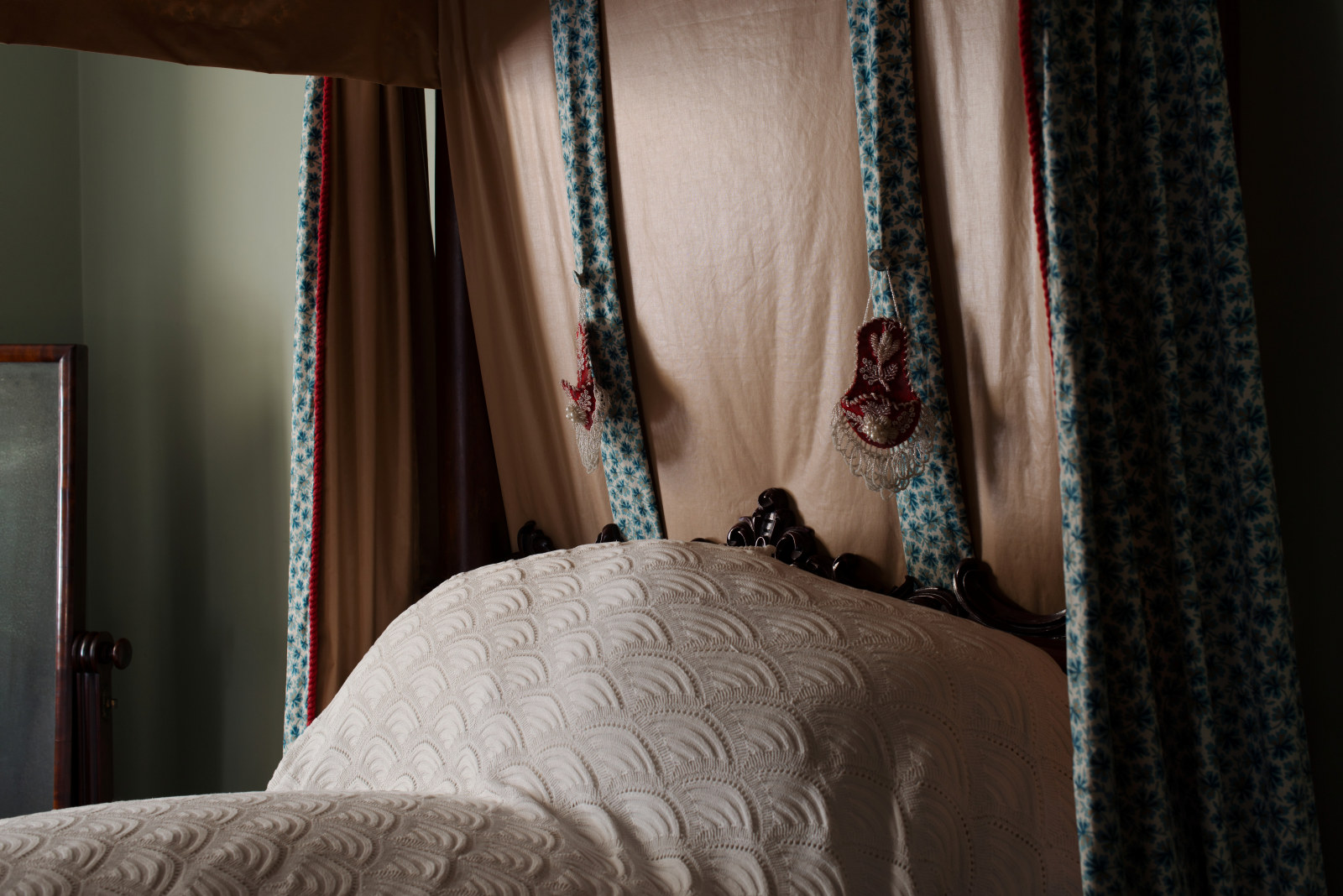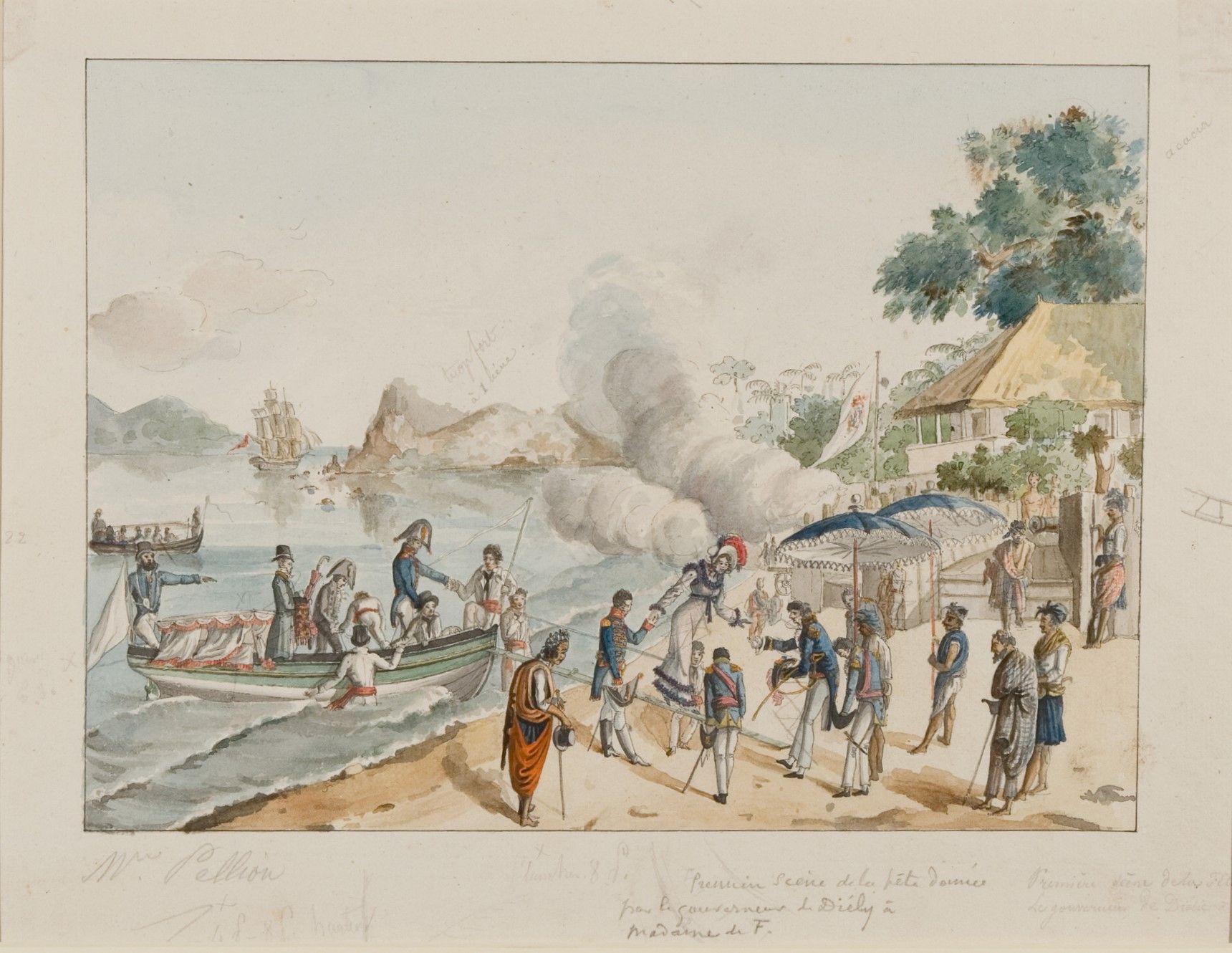Flat-pack modernist chair
It's flat-packed but it’s not an IKEA product; it's Australian made!
Before IKEA began making its now famous flat-pack furnishings in 1953 and well before its products were first imported into Australia, Timber Packs Pty Ltd and other Australian manufacturers were producing their own range of assemble-it-yourself furniture, more commonly refered to at the time as 'ready-cut' or 'prefab'.
Making your own furniture had long been a popular activity but ready-to-assemble furniture was an attractive alternative, especially immediately after World War II, as it was inexpensive and did not require the level of dexterity or amount of time needed for do-it-yourself furniture. In fact, the modern postwar home housed less furniture than the prewar home, and it generally had become lighter in colour and style. Furniture forms, influenced by modernist ideas on efficiency of space and simplicity in design, were often reduced to their basic functional components. This philosophy suited the designs and type of manufacturing required to make the component parts for ready-to-assemble furniture.
In June 1948, an advertisement for Timber Packs stated that ‘complete sets of machined, bandsawn, shaped and sanded ready-to-assemble parts are now available’ for toys and furniture. Eventually the range expanded to include chairs, tables, lounge suites, bookshelves and garden furniture. By 1951, the Fler furniture factory, operated by Fred Lowen and Ernest Rodek, took over production of the Timber Packs components. One of the first new pieces of furniture Fler began to manufacture for Timber Packs Pty Ltd was the Fred Ward-designed side chair. Fler had originally made a very similar chair but of more complex design in 1946/47 called the DC1, which was also designed by Fred Ward and sold through the Myer department store. Ward reconfigured and simplified his original DC1 design to allow it to be produced in its component parts at low cost and be assembled at home by the customer.
Side chair
This Fred Ward-designed chair, based largely on his original DC1 chair, was described as being ‘Swedish’ in style by the Australian press. ‘Swedish’ was a generalised term used in the period after World War II to describe sleek but austere modernist furniture, devoid of ornament and of lighter coloured waxed timbers. Ward had been designing modernist furniture since at least the early 1930s using Australian timbers. The low cost design of this chair meant that it could be purchased by people on modest incomes and allowed the influence of modernist furniture to spread relatively quickly through Australia’s suburbs.
Furniture that is sold in its component parts ready-to-be assembled at home by the customer has come to be known through companies like IKEA as ‘flat pack’ or ‘knock-down’ furniture. However, in Australia in the late 1940s and 50s when such furniture was growing in popularity, it was often advertised as ready-cut, pre-fab or pre-fabricated furniture. These terms had been in use for some decades in architecture and house construction. Modernist architects believed that prefabrication in the factory was more efficient than traditional building methods and would help to solve the housing shortage being experienced after World War II in many Western nations including Australia. Prefabrication also allowed houses and furniture to be easily transported and generally supplied at low cost.
Timber Packs advertisement
An advertisement for Timber-Packs Pty Ltd, Australian Home Beautiful, Melbourne, June 1951.
The advertisement states:
“A new range – completely prefabricated!
Swedish style Timber-Pack furniture in blonde timbers, ready for assembling.
Precision turned and drilled for a perfect fit. All screws, wedges, etc., and instructions included.
The new range of Packs can be assembled in a few minutes by anyone – no experience or skill required.”
Timber Packs furniture, first introduced in the middle of 1948, was initially a by-product of the Patterncraft furniture scheme. Whereas Timber Packs comprised flat packed components to be assembled at home, Patterncraft was a do-it-yourself scheme. Patterncraft customers were provided with paper-pattern templates plus making instructions. The paper patterns were supplied by the Purves family of Melbourne (who also supplied paper patterns for making your own fashion/costume at home) and designs were by Fred Ward which were promoted and available from 1947 through the Australian Home Beautiful magazine and The Herald in Melbourne. Ward’s Patterncraft designs were intended to allow returning servicemen to construct their own low-cost, but well-designed, furniture. After the Fler furniture company took over manufacture of Timbers Packs in 1951, designs produced were distinctly different to Patterncraft designs.
The DC1 chair
The Melbourne furniture company, Fler, was formed in early 1946 by Fred Lowen and Ernest Rodek. Its early success owed much to the Fred Ward-designed DC1 chair [illustrated in this article], first available at the end of 1948. These chairs were made from Queensland maple and coachwood and designed by Ward to suit Fler’s limited production facilities. Ward was the staff furniture designer for Myer’s department store, which placed an initial order with Fler for 500 DC1 chairs. This was a huge order for a fledgling company and the chair proved to be a success with the public.
When Fler was commissioned to manufacture the components for Timber Packs self-assembled furniture in 1951, one of the first new products made was a revised version of the DC1 chair, adapted and simplified by Fred Ward for flat-pack production.
Published on
Caroline Simpson collection
Browse all
The Astor, 1923–2023
Upon completion in 1923, The Astor in Sydney's Macquarie Stree twas the largest reinforced concrete building in Australia, the tallest residential block, and this country’s first company title residences

City of Gods, my early experience and toy boat
Inspired by a watercolour of the ruins of the temple of Vishnu, refugee curator in residence Jagath Dheerasekara writes about Devinuvara as a site of pilgrimage, colonisation and uprising

Watch pockets
Watch pockets hung on the head cloth of a four-post bedstead and originally served in place of bedside tables, which were uncommon in the 19th century

